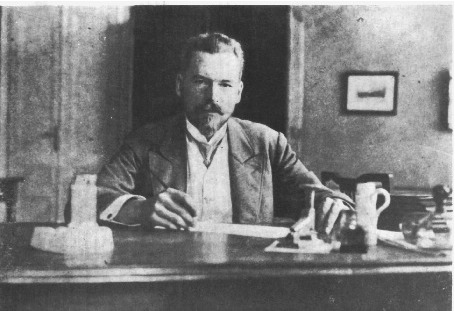Speaker
Description
According to the well-known biophysical Single Hit Target Model, DNA chain damage, caused for instance by ionizing radiation, is purely random in nature. This presentation demonstrates that such radiation-induced DNA damage is associated with an increase in system entropy, which is characteristic of purely stochastic processes. However, it turns out that not all changes in the DNA region exhibit the same nature of change, as evolving and self-adapting systems far from thermodynamic equilibrium are characterized by a decrease in their own entropy. A good example of such systems is viruses, which have plagued humanity since the dawn of time. A few years ago, Melvin Vopson demonstrated that the informational entropy calculated for various mutations of the SARS-COV2 (COVID-19) virus decreases over time (number of mutations). This is an example consistent with Prigogine and Onsager’s theory for systems far from thermodynamic equilibrium, which evolve towards a future steady state. This paper will present calculations of entropy changes for mutating viruses, using COVID, HIV, and influenza virus as examples. The decrease in entropy is observed using both classical statistical methods and Bayesian robust regression methods. Importantly, characteristic local steady states are observed for the most stable virus mutations (e.g., the Omicron mutation for the COVID virus), and transitions between subsequent stable mutations are bifurcational in nature. This may be significant in developing methods for predicting future mutations and directions of virus evolution.

